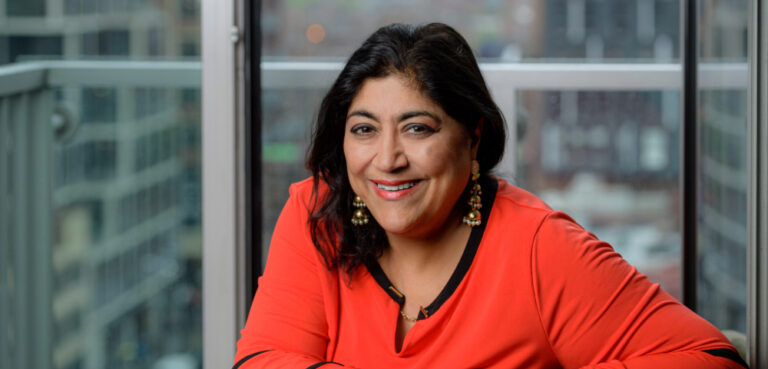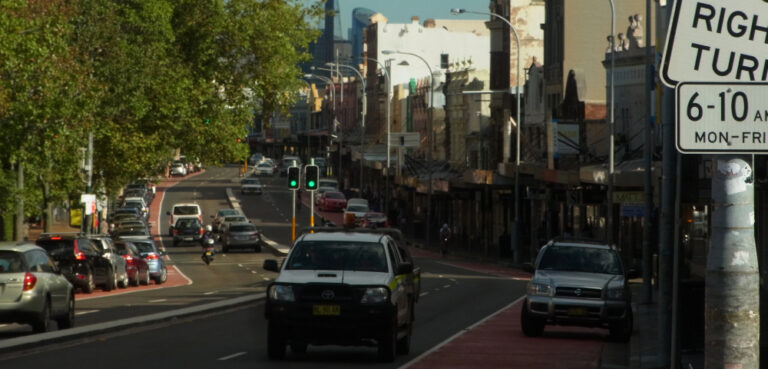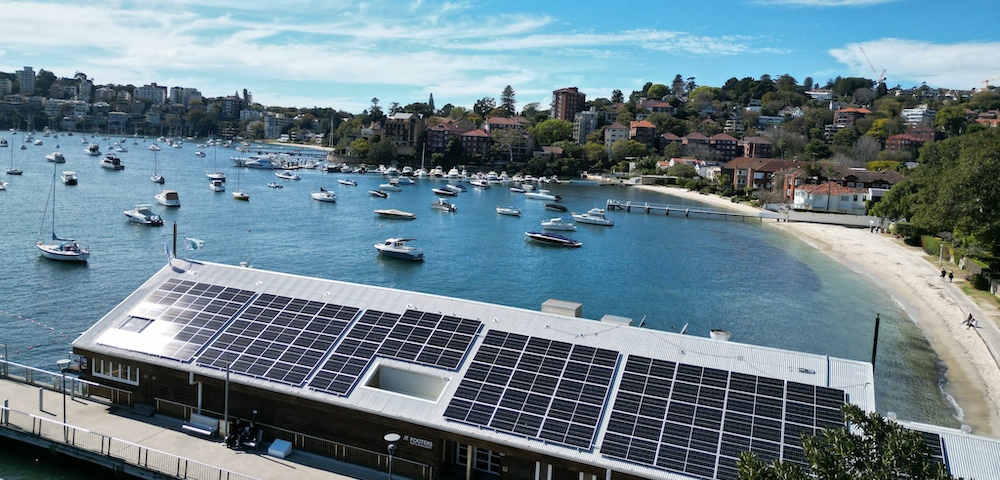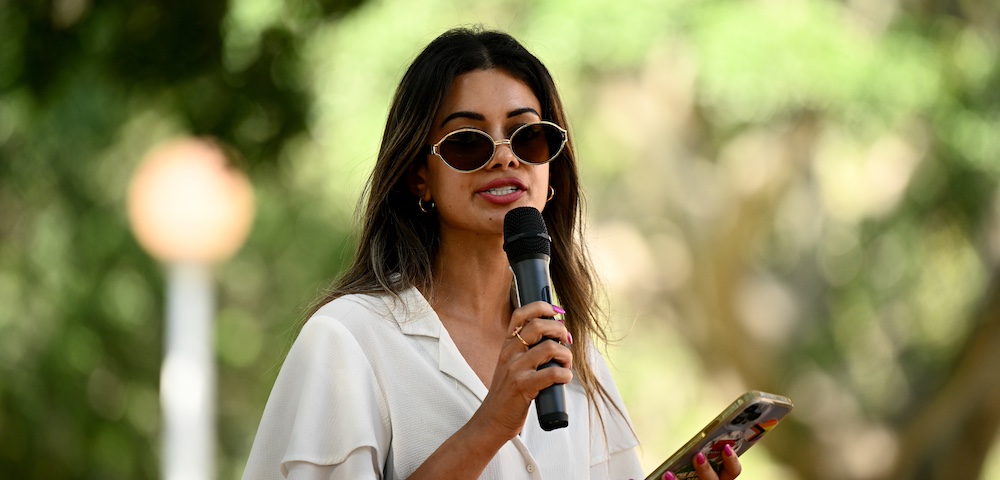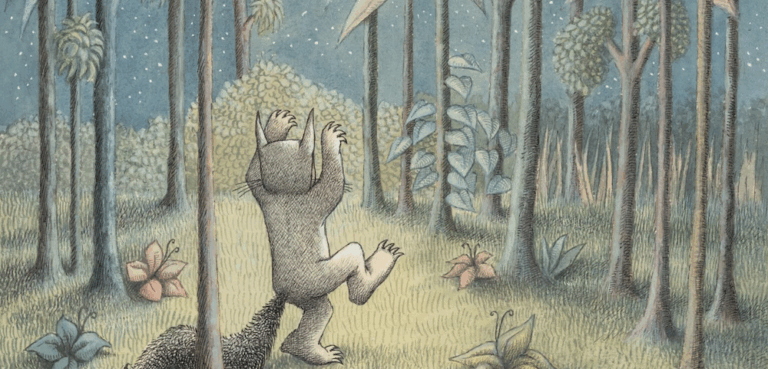
Oxford Street: Character and chaos from 1966 to 2022

Image: Proposed developments on Oxford Street (pictured) have some residents and businesses concerned that the cultural and heritage precincts in the area will be compromised. Photo: The Urban Developer.
Opinion by SUE HANLEY
The main CBD night strip in 1966 stretched from the corner of Sussex and Liverpool Streets up Oxford Street and to what is now the Greenwood Hotel in Paddington. It was then the Greenwood Tree. This was a wonderful, edgy strip where a teenager just starting university life could discover her emergent identity and make new friends.
Oxford Street had been in almost terminal decline. We were on the cusp of its reinvention. It was becoming a hub of student activism, live music and ‘ethnic’ restaurants. We certainly hung out in pubs, but the real ‘it’ places to be at were wine bars. There had been no culture of drinking wine in those early days, especially among us ordinary young suburbanites who were ushering in a new wave of excitement and change. Of course we smoked dope and dropped acid, although not excessively. It was just part of the zeitgeist.
I remember my first hangover. It was gestated at the Olympia Club around the corner of Oxford Street in Palmer Street, as a faint memory serves me. Eating Greek food, dancing and clapping to exotic Mediterranean bouzoukis, discovering rough red, plotting the coming revolution (the communist one, not flower power) – it was (literally) heady stuff for a girl from Punchbowl. However, the star venues were Whitty’s wine bar and French’s, also a wine bar with live jug band music. Bearing in mind closing time was 10pm, we started early at the wine bars and then went on to the Greenwood Tree in Paddington or sometimes the Oxford Tavern, depending on the starting point. Near Whitty’s was Martin’s wine bar, which for some reason was off-limits to us – I thought that possibly it was a first gay bar, but on the other hand, as I have recently learned, it was rather risqué and upmarket, so I am no longer sure about that guess – but whatever, it was above our student price range.

It wasn’t all roses, of course. The British pop music scene brought a trend of long hair and hippy gear. Although not aware of it, we were stalked. One Saturday night we had gone from Whitty’s to the Greenwood Tree. Our next destination was the usual party, this time in Darlinghurst. We were strolling down Oxford Street feeling very chilled when a group of three or four young thugs set upon one of our little party, a tall, lanky guy called Frank, with long shoulder-length hair and glasses. They knocked him to the ground. I promptly raced to his aid, flinging myself down on the pavement and cradling his head in my lap, shouting at these short-haired thugs. They continued to viciously kick him, and I felt the impacts reverberating through his body. After a few minutes they ran off, we helped Frank up, and continued on our way.
Frank was not seriously injured. It was salutary. Bashing was a sport for those afraid of any form of difference. As it was in the late 1960s and so it is now, in Oxford Street gay men have become the victims.
I dropped out of university, and my visits to Oxford Street declined. In 1972 I left for the ‘old country’. I returned to Sydney in 1975 and joined TAFE NSW. My association with Oxford Street was one of memories more than realities, until 1995. I was appointed as Director of East Sydney Technical College in charge of the old Darlinghurst Jail, then a centre for vocational education and training, the two biggest departments being the Food School and the National Art School. It was a prestigious and unexpected appointment, which of course threw me right back into Oxford Street – a much different environment to what I had experienced in the night-time culture of the sixties.
Oxford Street development
There were still hotels and cafes, but ordinary – rather sad really. And East Sydney Tech was an unhappy place for multiple reasons. The Art School in particular chafed under TAFE’s rapidly changing curriculum requirements, but the move to establish it as a stand-alone fully restored National Art School had started. Despite those ruptures, the College was beautiful, those wonderful sandstone buildings, the adjacent courthouse, the fruit bats flying overhead at sunset as they made their way from the Botanical Gardens to Centennial Park. And of course, I loved Oxford Street. We bought a new home in Darlinghurst, and the connection was then irreversible. During my last year in TAFE, I worked at 1 Oxford Street, my office overlooking Hyde Park, my lunchtimes spent wandering up to Crown Street – it was not in good shape, but just as my adult years have been ushered in, so it was still to be a central part of my life in the city as I morphed into becoming an elder citizen.

